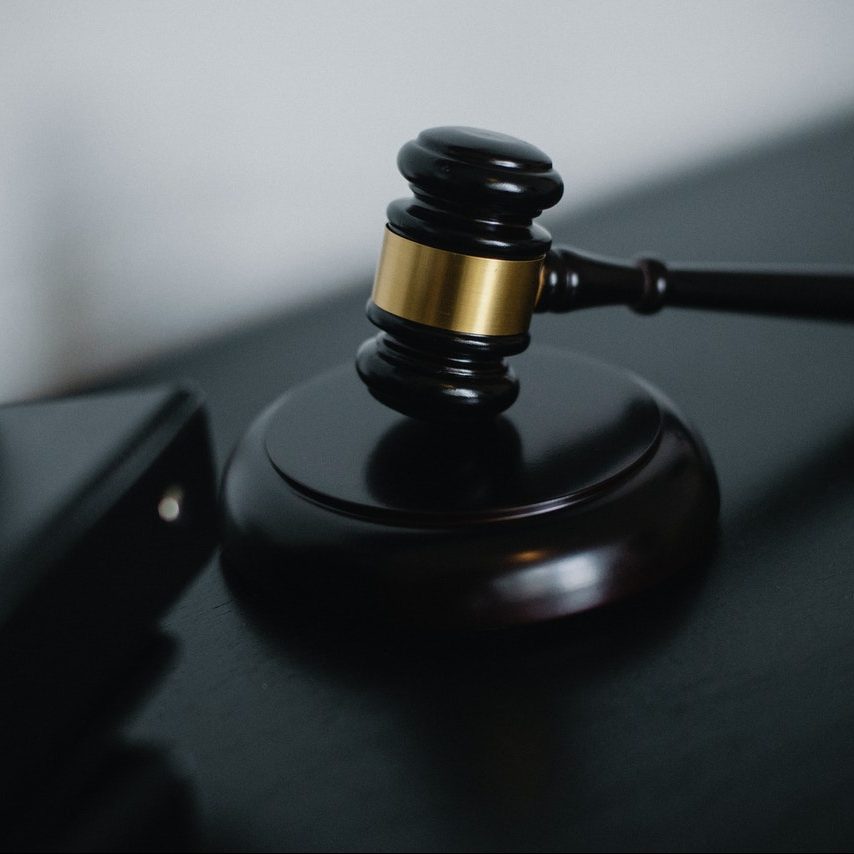Is this working for us?
When we think of successfully representing a Plaintiff, we expect at the end of a lawsuit that our clients can look forward to finally getting some long-deserved vindication and depending on the nature of the claim, a payday. Defendants such as banks, insurance companies and bigger corporations usually pay at the end but what happens when the “losing” party refuses to pay or cannot pay. Attempting to enforce a less than forthcoming Defendant with some relative success is not an easy hurdle to jump.
In most regions in the Caribbean, the Supreme Court is guided by various orders and rules of practice that govern the Court in its civil jurisdiction. Therefore, Plaintiffs who find themselves at their wits end with non- paying Defendants can look to several orders to enforce their Judgment. For example, a Plaintiff in Trinidad and Tobago can look to Parts 44 to 53 of their Civil Proceedings Rules and a Plaintiff in The Bahamas can look to Order 45 to 51 of the Rules of The Supreme Court which sets out the ways in which a judgment or order for payment of money may be enforced. These include a writ of fieri facias (enforcement by seizure and sale of debtor’s goods); garnishee proceedings (attachment of the debt to debtor’s bank account or wages); charging order (seizure of debtor’s property); the appointment of a receiver; an order for committal (imprisonment of debtor); and writ of sequestration. Although there are numerous ways to enforce a judgment available to a Plaintiff, for the purposes of this article two of the most common ways used in Trinidad and Tobago and in The Bahamas will be discussed. These are garnishee proceedings and a charging order.
However, before we discuss enforcement, we must first know if the “delinquent” Defendant also known as the Judgment Debtor has the means to satisfy the Judgment. The first step as a practitioner representing the Plaintiff is to apply to the Court to examine the Judgment Debtor. This usually involves a short hearing (depending on the amount of information that may be forthcoming) where the Plaintiff, the Plaintiff’s Attorney and sometimes the Court ask the Judgment Debtor questions regarding his or her bank accounts, properties, and overall financial situation to find a way to satisfy the debt. The Judgment Debtor is required to show up to the hearing and failing to do so may find themselves locked up. They are also required to answer all questions asked honestly. Once all the needed information is received, the Attorney for the Plaintiff can determine the best method of enforcement to satisfy the outstanding Judgment.
Garnishee proceedings usually involve the attachment of the debt to a bank account or to the debtor’s wages if employed. But when considering this avenue for recovery, there may be difficulties for the winning party. Bank accounts may be limited in the amount of funds it has to satisfy the full debt owed. Or perhaps the bank accounts identified by the debtor may not be in his/her name exclusively. Additionally, while it may be “practical” to garnish the debtor’s wages, there is always a possibility of him/her becoming unemployed as contracts of service are not indefinite.
A charging order occurs when the debt is attached to a piece of property. The property must not be the subject of any encumbrances, such as mortgages, other loans, or any other agreements whereby the property is the subject. While the purpose of this type of order is not necessarily to transfer the ownership of the property to the Plaintiff, the premise is to possibly sell the property whereby the funds of the sale would satisfy the judgment debt. However, similarly to garnishee orders, the granting of a charging order is based on the debtor owning any property and even if owning property, whether the value of such would be adequate to satisfy the debt.
Are there other ways available whereby a Plaintiff can find recourse considering the difficulties faced when attempting to satisfy a judgment debt? A quick look at other jurisdictions around the world such as the United States, the United Kingdom and Caribbean countries such as Trinidad and Tobago and Jamaica show that they all appear to use the same methods of enforcement. While these methods of enforcement have been in place for hundreds of years, perhaps from the onset of a comprehensive legal system without any re-invention of these methods, Plaintiffs still face a level of uncertainty when assessing the pros and cons of starting a claim. However, it is imperative to not be swayed by the possible outcome when deciding to start a claim, as for some the commencement of an action goes beyond the recovery of monies but an avenue for vindication through the Courts. However, there should still be some realistic guarantee available for potential Plaintiffs from the onset of their claim that a successful judgment will provide them with the satisfaction of payment.

